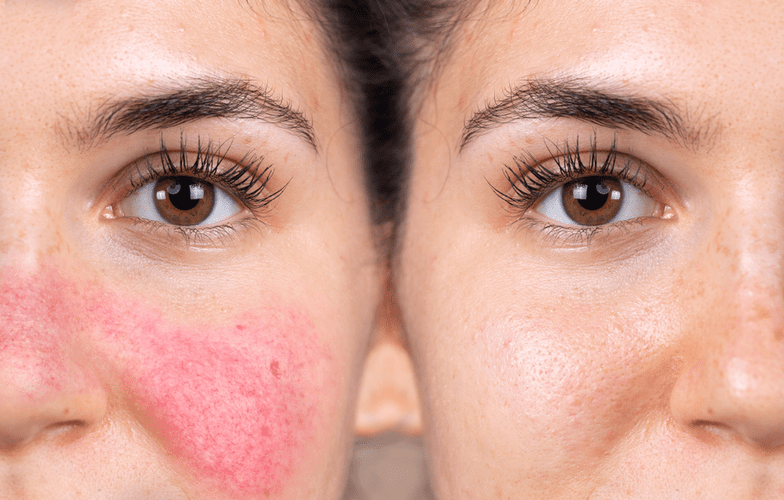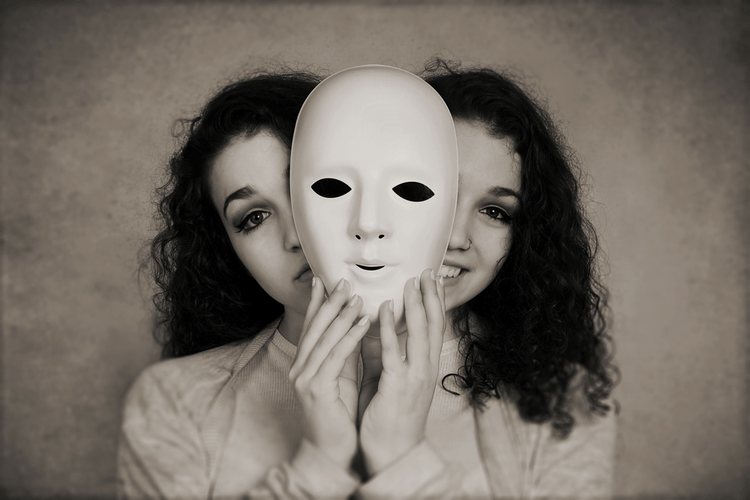What Is Cognitive Dissonance? Definition and Examples
On a big-picture level, we have cognitive dissonance to thank for huge advancements within society. Dr. Noulas says that successes in women’s rights, environmental rights, and gay rights are examples of positive change that have resulted from cognitive dissonance. Those changes were due to individuals recognizing contradictions between how people viewed women, the environment, and nontraditional relationships and how we acted as a society (or allowed others to act).
- If you are experiencing cognitive dissonance, you can reduce your uncomfortable feelings by changing your existing beliefs, adding new beliefs, or changing your behaviors.
- Cognitive dissonance is the psychological tension we feel as we try to reckon with two (or more) opposing pieces of information.
- She needs to change her thinking to line up with reality, place more value on health and moderation, improve her base of self-worth, and let go of perfectionistic standards that are keeping her sick and miserable.
- Becoming aware of how conflicting beliefs impact the decision-making process is a great way to improve your ability to make faster and more accurate choices.
There are a number of different situations that can create conflicts that lead to cognitive dissonance. It can also further strain your relationships with others, especially if you’re having cognitive dissonance related to what someone else is saying or doing. Though, the severity may vary depending on how tightly the belief is held. Values surrounding racism, sexism and religion can commonly cause tension when you discover new information that opposes how you feel, says Dr. Scott.
What Is Cognitive Dissonance Theory?
This can prompt people to adopt certain defense mechanisms when they have to confront it. Cognitive dissonance occurs when a person holds two related but contradictory cognitions, or thoughts. When you feel either physical or psychological discomfort, make a note of it to yourself. For example, someone might get so tired of feeling cognitive dissonance every time they smoke that they seek help.

When you smoke, you may feel guilt because you know smoking can cause cancer and that you should stop. Whenever our values are positive and helpful, changing our behavior is usually the best way to close the gap. It sounds so simple, but if she were to start finding a way to exercise a little bit each day, her feeling of dissonance would be replaced by a feeling of pride. If we put effort into a task that we have chosen to carry out, and the task turns out badly, we experience dissonance. To reduce this dissonance, we are motivated to try to think that the task turned out well.
Theoretical Foundations of Cognitive Dissonance
This offers opportunities to discuss the discrepancies, deepen the relationship, and re-align values. Conversely, we may justify or trivialize negative behavior or even end the relationship. Since cognitive dissonance often naturally occurs after a decision such as a purchase, this is what questionnaires have focused on. In fact, it is a psychological mechanism that helps us perceive our world (and our place in it) consistently. It is a mechanism that alerts us when we are not acting in line with our beliefs, attitudes, or plans.
- Almost all of the participants agreed to walk into the waiting room and persuade the confederate that the boring experiment would be fun.
- Discrepancy between an attitude and a behavior – eating a doughnut while thinking of reducing calorie intake – leads to psychological discomfort called cognitive dissonance (Harmon-Jones, 2019).
- It completely changes a person’s moral compass, which is why the choice they make to engage in these addictive behaviors is stronger than just willpower.
- Brehm (1956) was the first to investigate the relationship between dissonance and decision-making.
- Therefore, the brain is an inference machine that attempts to actively predict and explain its sensations.
- Unfortunately, though, there’s no flashing red light that tells you when you’re not in alignment with your values — it’s all internal.
- The importance of a sudden shift in attitudes needs to be appreciated.
The discomfort (dissonance) motivates individuals to decrease the inconsistency between one’s wishes and beliefs. People will go to great lengths to eliminate or reduce this discomfort. After all, behaving against one’s wishes and intentions violates a fundamental cognitive dissonance and addiction human need to see oneself as a rational and consistent person. If you are experiencing cognitive dissonance, it is likely that you feel a broad range of emotions when thinking about your actions or decisions in comparison to your beliefs and attitudes.
How Attitude Change Takes Place
“My team is currently conducting a series of international clinical trials to investigate how these brain activity peculiarities can be improved with treatment,” she said. The EEG was therefore able to detect the sensitivity of brain dynamics that are biomarkers of future developmental trajectories. “The babies watched a video in which a person said the same vowel for a while, occasionally interrupted by a different vowel, and we observed the babies’ neurological response to the repetition https://ecosoberhouse.com/article/blood-thinners-and-alcohol-risks-and-side-effects/ and dissonance,” Lippé explained. Get started by speaking with one of our compassionate treatment specialists. Cognitive dissonance in a way is mental illness within itself, and without treatment, the chances of relapse are high, and most importantly, it exacerbates an individual’s condition and hinders their chances of a successful recovery. He said that the way he could tell was if they excused their actions, if they had reasons and rationalizations for why they did it.


